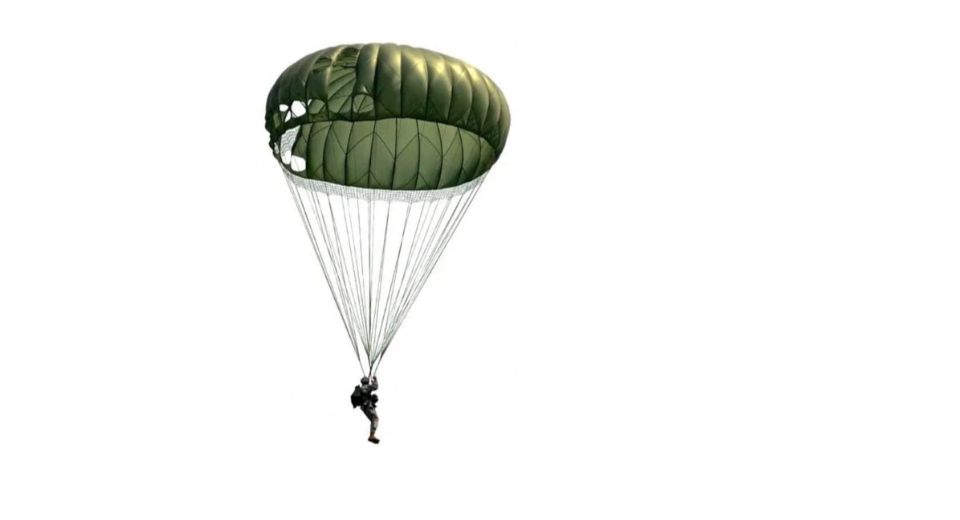
Feb 21, 2025

The Metastat Insight study explains how the present and future development will shape the Global Military Parachutes market. This segment is closely related to defensive operations, which have undergone substantial technical developments and are cornered by changing tactical requirements. The patenting-on precision, durability, and flexibility has induced a continual research-involved and innovative study for modern military parachutes complying with stringent performance specifications.
Global Military Parachutes market is estimated to reach $1,456.88 million in 2025 with a CAGR of 6.3% from 2025 to 2032.
For many years, military parachutes have been one of the essential defense assets, enabling a person or equipment to be quickly delivered into a specified area of operations across different types of terrain. With the recent shift in military strategies to counter new threats, the demand for parachute systems that provide increased safety and reliability continues to grow. Advanced materials and improved aerodynamic designs are critical for allowing parachutes to withstand environments while performing optimally. Besides, countries worldwide invest heavily in military capabilities, thereby further improving the need for sophisticated airborne deployment systems.
Development in material science and aerodynamics has been the major driving force for the evolution of military parachutes. High-performance fabrics, with many increases in technological features that ensure high wear and tear resistance, have replaced traditional materials and resulted in durable product outputs. More key developments in parachute technology have led to producing precision-guided parachute landing systems, hence allowing highly accurate landing precision and reducing operation costs and risks for the success rate of the mission. This is most crucial for the special forces operations, as the impact and effectiveness of a mission can partly be determined by the acuteness of the specific drop zone. As such, manufacturers will continue refining their designs based on input from defense forces for the optimal usability and effectiveness of their products.
Parachutes deployed during military operations have another fairly critical function: transporting cargo. This is extremely crucial in terms of its strategic advantage because resupply, equipment, and vehicle delivery can be conducted even to very remote and inaccessible areas. Modern cargo parachute systems will carry an extremely heavy payload down in what is called a controlled descent-that is, minimization of initial impact damage on the ground because this will obviously apply in humanitarian aid missions, disaster relief missions, and impacted combat support, where timely drops might affect outcomes.
Increased competition within the industry indicates just how critical the forces would be to assume roles that are technologically advanced. Consequently, with these high demands on military parachutes, organizations specializing in the manufacture of such systems are investing heavily in research and development to improve their current product offerings around weight reduction, improvement in maneuverability, and additional enhancing features for safety. The defense agency-private manufacturer collaboration has become a usual norm and further opens vistas for innovations ensuring that the military maintains technologically advanced parachute systems.
Regional trends forecast the expanding scope of the Global Military Parachutes market, which is now a priority of many national defense policies, as airborne capabilities have been marked by improvements. In addition to modernization programs concerning military procurement in many countries, these are assurances to adopt next-generation parachute systems as part of the overall defense strategies. It appears that this trend is beginning to indicate a marked preference for procurements that can offer tailor-maid solutions to critical operational needs, quite evidently reflective of the importance of design flexibility and function.
Apparently, sustainability and cost efficiency are also now becoming critical issues in the development of parachutes. The marketing of environment-friendly materials in terms of performance is capable of becoming something, as the entire industry trends toward being more sustainable. Additionally, cost benefits will ultimately remain a definite focus and continue optimally improving the industry manufacturing processes without compromising standards of quality being kept high to ensure availability without sacrificing reliability.
In the future, modern technology will continuously innovate military development and create a slope for the Global Military Parachutes market. Mechanisms will effectively add intelligent materials, bring better navigation systems, and make an automated deployment mechanism in parachutes, simplifying the increasingly fast pace with which the armies all over are going into the present and dynamic needs. As research and development continue, the industry is likely to come up with new options that would enhance safety, efficiency, and tactical advantage.
This comprehensive study by Metastat Insight about that market demonstrates its criticality within the general defense domain. There is therefore a need for continuous improvement to ensure that military parachutes will increasingly become a vital part of a country's defense preparedness. In the transformation that makes this market play a central role in military operations worldwide, nations will expect their military forces to become important.
Drop us an email at:
Call us on:
+1 214 613 5758
+91 73850 57479